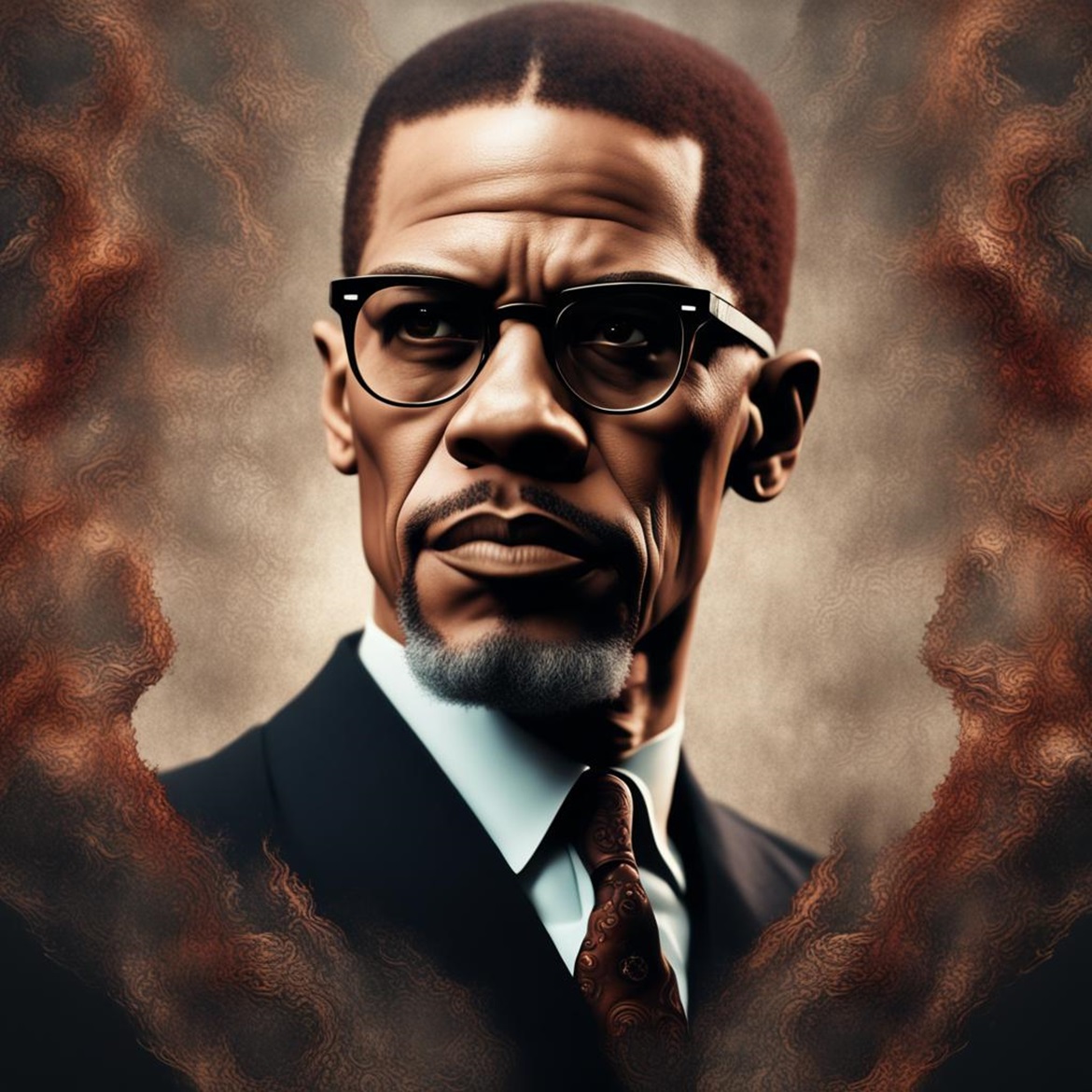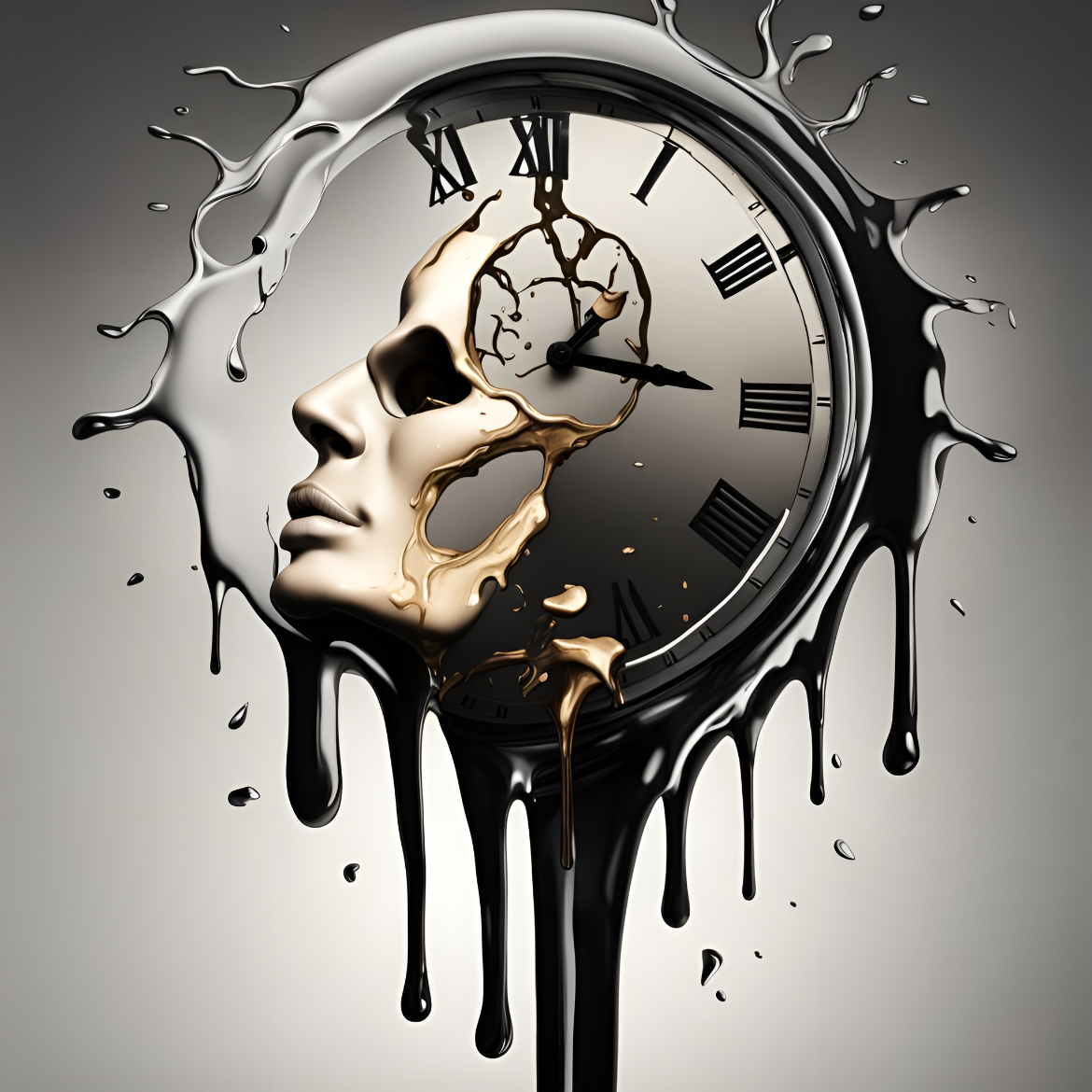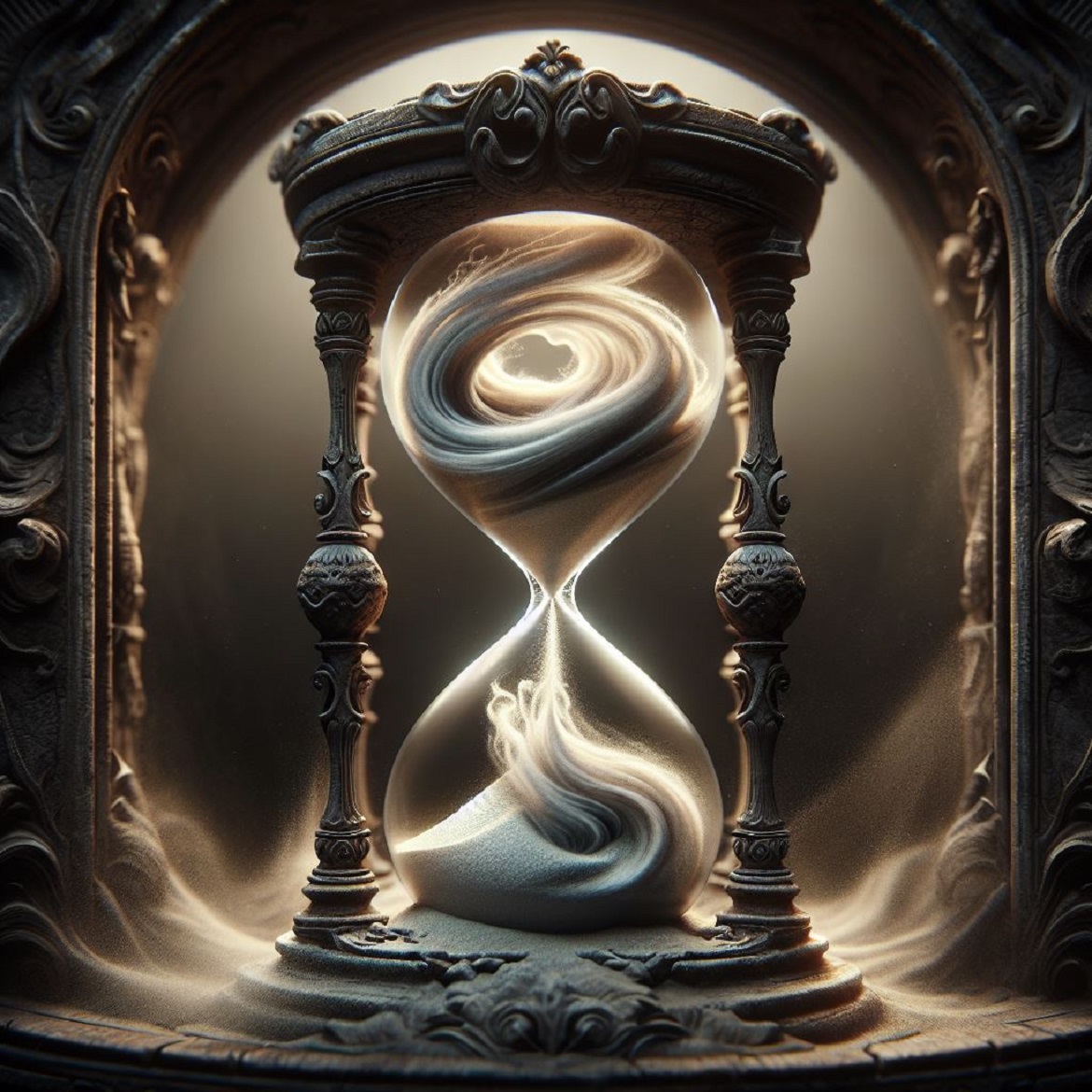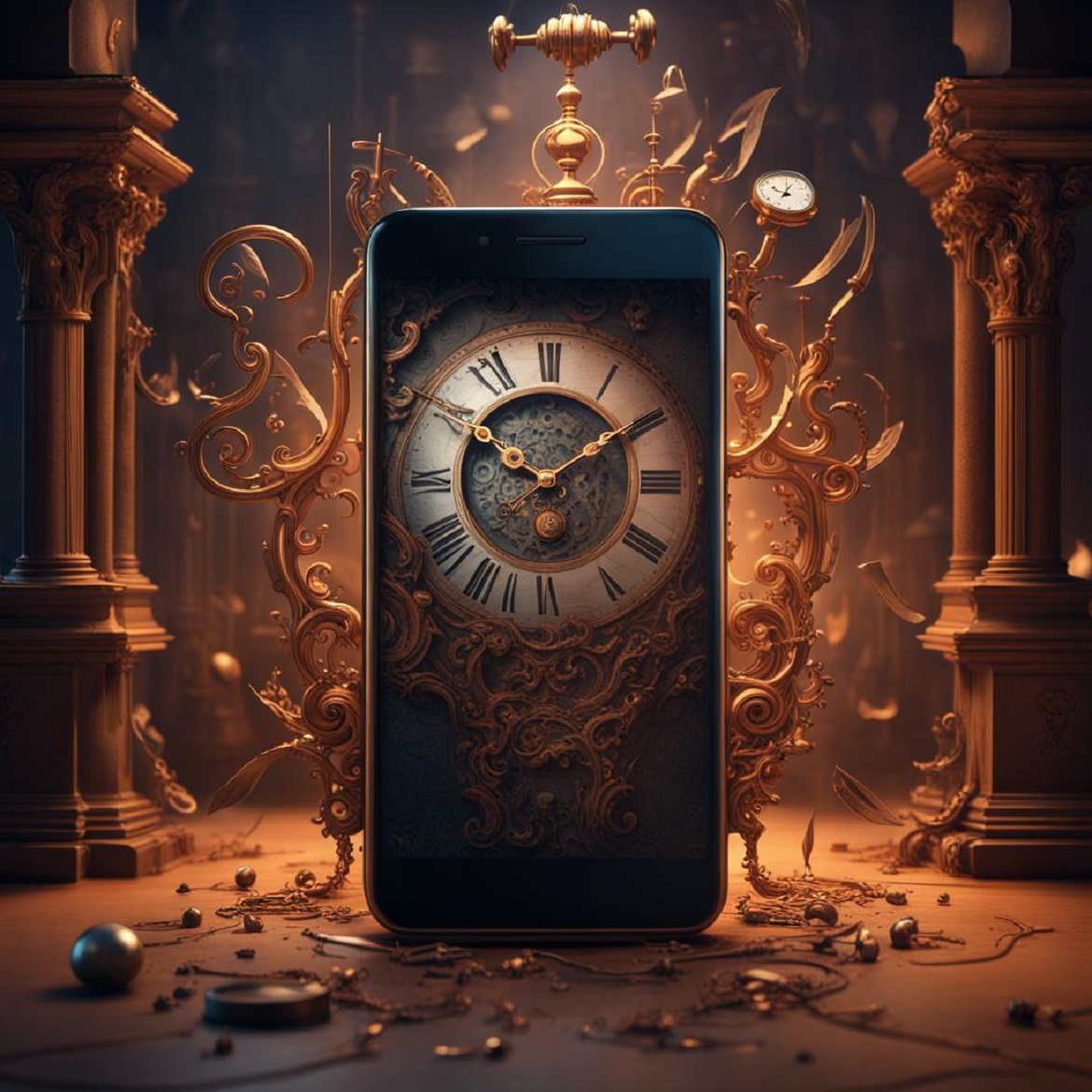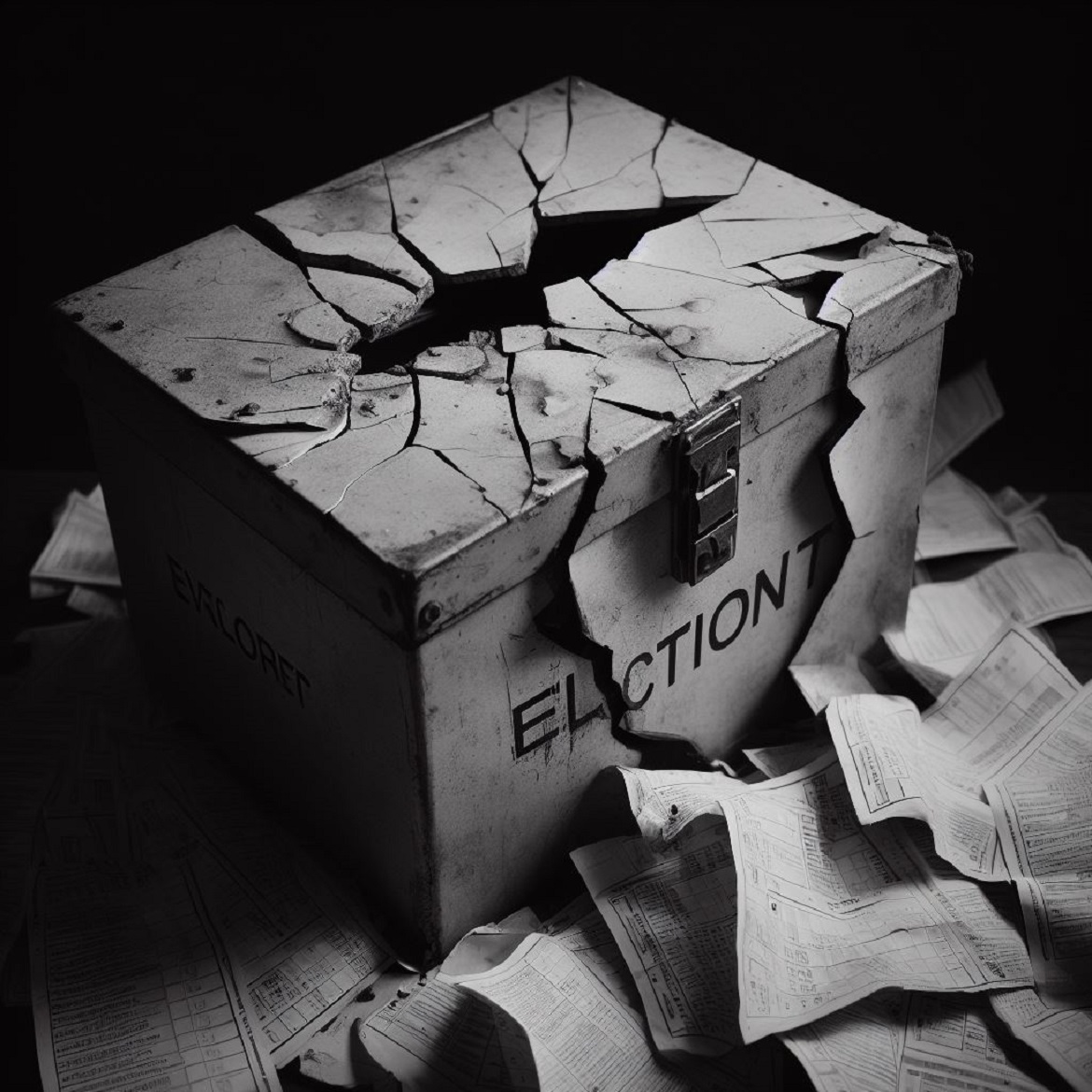Malcolm X was one of the foremost leaders of the civil rights movement in the 1960s. Starting as a spokesperson for the Nation of Islam, he advocated for black empowerment and pride. But late in his life, something changed that put him at odds with powerful forces.
Malcolm’s Message Begins to Evolve
While with the Nation of Islam, Malcolm’s message focused on black separatism and overturning white oppression. But after leaving the group in 1964, his views became more nuanced. He began meeting with civil rights leaders like Martin Luther King Jr. and believed black Americans should work with others in the fight against racism. This new direction went against what the Nation of Islam taught. They saw Malcolm as a traitor for abandoning their cause. Meanwhile, the government saw Malcolm’s critiques of American society and foreign policy as a potential threat. As his message spread, so did the uneasy feelings of those he publicly disagreed with.
Suspicious Circumstances Surround the Murder
On February 21, 1965, Malcolm X was shot and killed during a speaking event in New York. Three members of the Nation of Islam were convicted of the crime. But many details of the case don’t make complete sense. For one, the bullets recovered from the scene didn’t match the guns police said were used. Witnesses reported that other men were working with the shooters to create chaos. And the evidence gathering was sloppy, leaving key pieces unaccounted for. If the police investigation seemed off, was the public getting the real story?
The FBI Takes an Interest in Malcolm
We know the FBI kept extensive files on Malcolm X as part of their COINTELPRO program to disrupt activist groups. Documents reveal they tried pressuring him to stop criticizing the government and its treatment of blacks. They even had undercover agents posing as Nation members to gather intel. Could the FBI have gone further than surveillance and wanted Malcolm eliminated? It seems they saw him as a destabilizing figure who encouraged rebellion. And the FBI has done questionable things in the past, so dismissing this idea requires an open mind.
The CIA Was No Angel Either
During this time, the CIA was deeply involved in covert and illegal operations. They conducted extensive spying on American citizens, assassinated foreign leaders, and carried out experiments on humans. We now know the agency also kept tabs on Malcolm. What’s more, the head of their counterintelligence unit was James Angleton, a notorious crusader against internal Soviet threats. Did someone with Angleton’s extreme views get the green light to permanently silence Malcolm? It’s plausible and deserves investigation.
Piecemeal Disclosures Over the Decades
It’s important to note that information about the FBI and CIA’s surveillance of Malcolm was only gradually disclosed over many years through Freedom of Information Act requests. They didn’t volunteer this material; they had to be forced to release it bit by bit. Even then, files remain heavily redacted. This drip-feeding of evidence suggests they don’t want a full story to emerge. Were they actively involved in something more sinister than such disclosures could reveal? It’s reasonable to wonder.
Unanswered Questions Around Alleged ASSASSINS
The three men convicted of killing Malcolm also had mysteries surrounding them. One claimed witnesses misidentified him and insisted he was in another city at the time. The ballistics evidence debunking undermined the case against all three. Were any of the convicted men truly part of a wider conspiracy that the actual masterminds behind the counterintelligence agencies wanted buried? We may never get definitive answers from the graves of those who should have provided them decades ago.
Malcolm Predicted His Own Death
In chillingly prescient remarks, Malcolm told friends and aides in early 1965 that he believed powerful forces would soon try to get rid of him. Considering the extreme lengths the FBI and CIA had gone to previously, was this prophetic warning a sign he knew dark forces meant to silence him for good? The unsolved mysteries continue to raise difficult questions.
Unanswered Questions Remain Over 50 Years Later
Even today, FBI and CIA files on Malcolm remain heavily redacted. Why the ongoing secrecy? The official story also leaves logical holes. While hard evidence may never emerge, the suspicious activity of investigators and intelligence agencies can’t be ignored. Considering Malcolm was transforming the dialogue on race relations, both the Nation of Islam and the U.S. government had compelling reasons to stop his momentum. By keeping an open yet wary perspective, honoring Malcolm may mean continuing the pursuit of truth beyond what’s been handed down. The full picture of his tragic death remains as murky as that cold February day in 1965.
